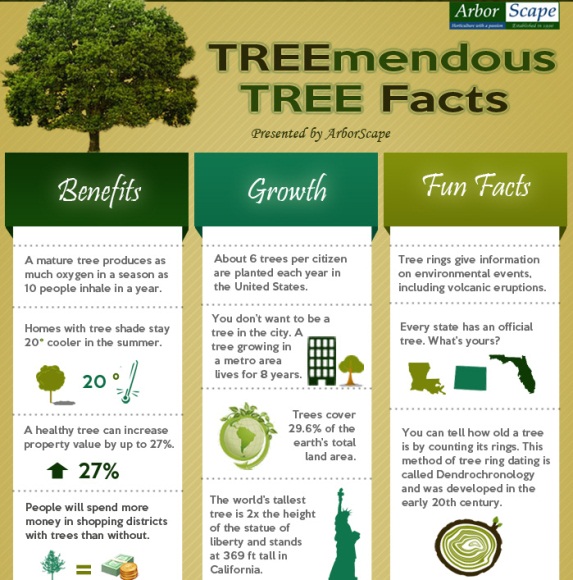When it concerns producing a landscape that prospers, understanding the art of tree pruning is a must. Imagine being able to shape your trees with accuracy, ensuring their vitality and elegance for years ahead. By learning the important techniques for appropriate cuts, timing, and architectural training, you hold the key to a growing outside area that will excite all who encounter it. But just how do these trimming methods genuinely influence the health and wellness of your trees and the overall landscape visual?
Appropriate Trimming Cuts for Tree Health
When it comes to maintaining the wellness of your trees, making appropriate trimming cuts is important. Wrong cuts can cause illness, insect problem, and overall tree decrease. To make sure the vitality of your trees, always begin by utilizing sharp, tidy devices to make precise cuts.
Begin by determining the branch collar, an inflamed area where the branch connects to the trunk. Cutting just outside the collar assists promote correct healing and minimizes the risk of infection. Avoid leaving stubs as they can welcome parasites and diseases right into the tree.
Bear in mind to make cuts at a minor angle, sloping away from the trunk, to avoid water from pooling on the wound. Additionally, get rid of any kind of dead, harmed, or going across branches to enhance air flow and sunshine infiltration.
Timing and Regularity of Trimming
To preserve the health and structure of your trees, comprehending the optimal timing and regularity of pruning is essential.
The best time to trim trees is typically throughout the inactive period in late winter months or very early spring. Trimming during this duration aids promote brand-new development once the tree begins budding in the springtime.
However, some trees, like spring-flowering ones, are best trimmed right after they end up flowering to avoid cutting off next year's blossom buds.
Normal trimming is essential, however the frequency depends on the tree varieties and its growth price. For growth tree , a yearly inspection to remove dead, unhealthy, or crossing branches is advised. landscape maintenance services might call for even more regular trimming to establish a solid framework, while fully grown trees might only require upkeep pruning every couple of years.
Avoid trimming throughout the autumn when diseases are much more quickly spread out, and avoid hefty pruning throughout the summer season when the tree is proactively expanding.
Educating Young Trees for Structure
For developing strong and healthy and balanced trees, training young trees for optimal framework is essential. By forming a tree when it's young, you established the structure for a strong and aesthetically appealing fully grown tree.
Begin by identifying the central leader, which is the major upward-growing branch. Urge the main leader's growth by trimming away contending leaders, aiding the tree establish a strong main trunk. Additionally, remove any kind of branches that grow internal or downward, as they can create architectural issues as the tree expands.
It is very important to area out side branches equally around the trunk to promote well balanced growth. As the tree matures, continue to check its growth and prune as required to keep its form and structure.
Appropriately educated young trees are much less most likely to create weak crotches or jammed branches, minimizing the threat of damages throughout storms. Investing time in training young trees will certainly repay with a beautifully structured and resistant tree in the future.
Verdict
Now that you have actually understood the crucial techniques of tree pruning, your landscape is on its method to thriving. By utilizing sharp tools, making exact cuts, and correctly timing your pruning sessions, you are making sure the wellness and long life of your trees. Keep in mind to frequently inspect and keep your trees to maintain them growing. With your newfound understanding, your landscape will continue to expand perfectly for many years to come. Maintain the magnum opus!
